
Browse an alphabetical list of articles about the Holocaust and World War II. Learn more about topics such as the Nazi rise to power, how and why the Holocaust happened, life in Nazi camps and ghettos, and the postwar trials.
<< Previous | Displaying results 1001-1021 of 1105 for "Article" | Next >>
Learn more about the 1943 Tunisia campaign, a four-month long struggle between Allied and Axis powers in North Africa during World War II.
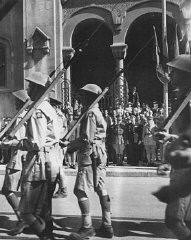
After WWII, many Holocaust survivors, unable to return to their homes, lived in displaced persons camps in Germany, Austria, and Italy. Read about Turin DP camp.
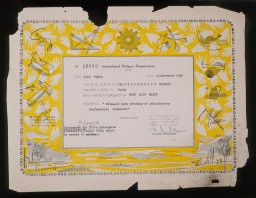
Read the Jewish Partisan Educational Foundation's short biography of Tuvia Bielski.
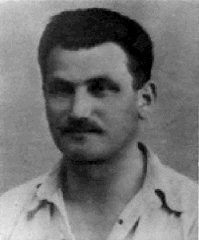
Ghettos separating Jews from the rest of the population were part of the Nazi plan to destroy Europe's Jews. Learn about three types of ghettos: closed, open, and destruction.
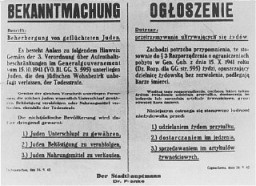
The Uckermark camp was one of the so-called youth protection camps that the Nazi regime established for young people who were alleged to have strayed from Nazi norms and ideals.
Yizkor (memorial) books document Jewish communities destroyed in the Holocaust. Read an excerpt about resistance in the ghetto from the Zhetel memorial book.
The United Nations Relief and Rehabilitation Administration’s mission was to provide economic aid to European nations and assist refugees after World War II.
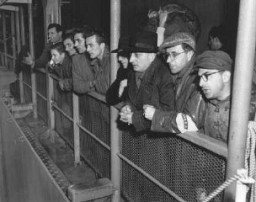
How did the United States respond to the Holocaust and World War II? Start learning today.
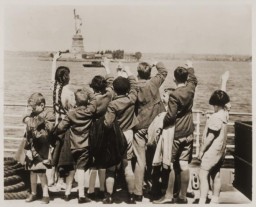
Why did the United States go to war? What did Americans know about the “Final Solution”? How did Americans respond to news about the Holocaust? Learn more.
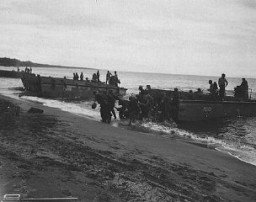
The Allied decision not to bomb the gas chambers in or the rail lines leading to Auschwitz-Birkenau has been a source of sometimes bitter debate. Learn more.
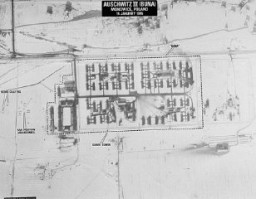
Learn about responses in the United States to reports about Nazi anti-Jewish policies and violence against Jews from 1933–37.

Nazi Germany’s territorial expansion and the radicalization of Nazi anti-Jewish policies triggered a mass exodus. Learn about the US and the refugee crisis of 1938–41.
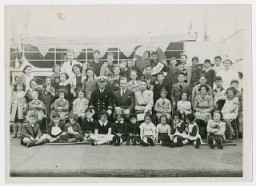
The US Army Signal Corps had a crucial role in documenting—in both film and photographs—the atrocities perpetrated during the Holocaust.
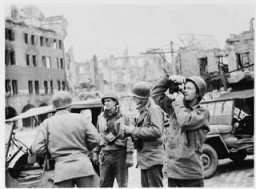
US immigration and refugee laws and policies evolved in response to World War I, the 1918 influenza pandemic, and World War II and the Holocaust. Learn more.
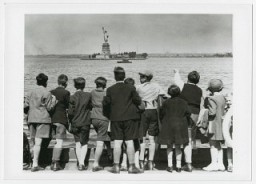
When WWII began, most Americans wanted the US to stay isolated from the war. From December 1941, the majority rallied in support of intervention to defeat the Axis powers.
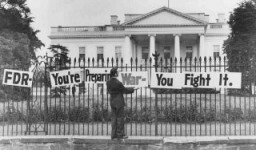
Nazi student groups played a key role in aligning German universities with Nazi ideology and in solidifying Nazi power.

Upton Sinclair was an American author whose works exposed social injustice and economic exploitation. His works were burned in Nazi Germany in 1933. Learn more.
From 1945 to 1947, the US Army tried a variety of officials, camp personnel, and German civilians accused of war crimes and mass atrocities against Allied civilians and prisoners of war.
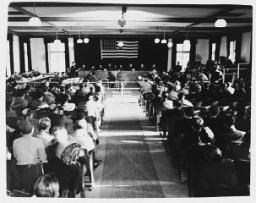
Varian Fry was an American journalist who helped anti-Nazi refugees escape from France between 1940 and 1941. Learn about his rescue efforts.
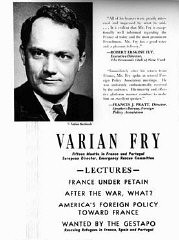
Vicki Baum was a bestselling author who embraced the ideals of liberation for women. Her works were burned during the Nazi book burnings of 1933. Learn more.
The Nazis carried out genocide against Europe’s Jews and persecuted and murdered other groups based on racial theories. Learn about the history of these murderous ideas.
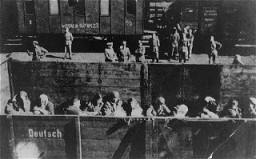
We would like to thank Crown Family Philanthropies, Abe and Ida Cooper Foundation, the Claims Conference, EVZ, and BMF for supporting the ongoing work to create content and resources for the Holocaust Encyclopedia. View the list of donor acknowledgement.